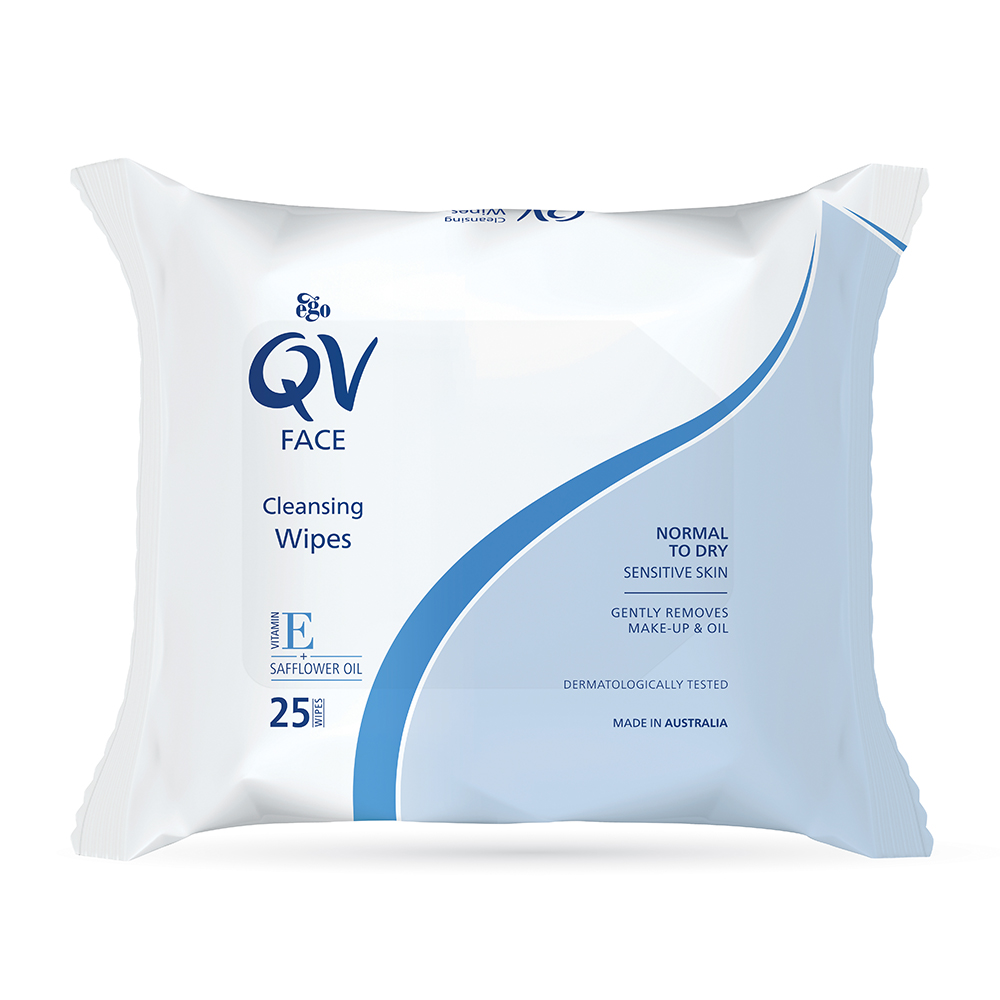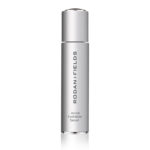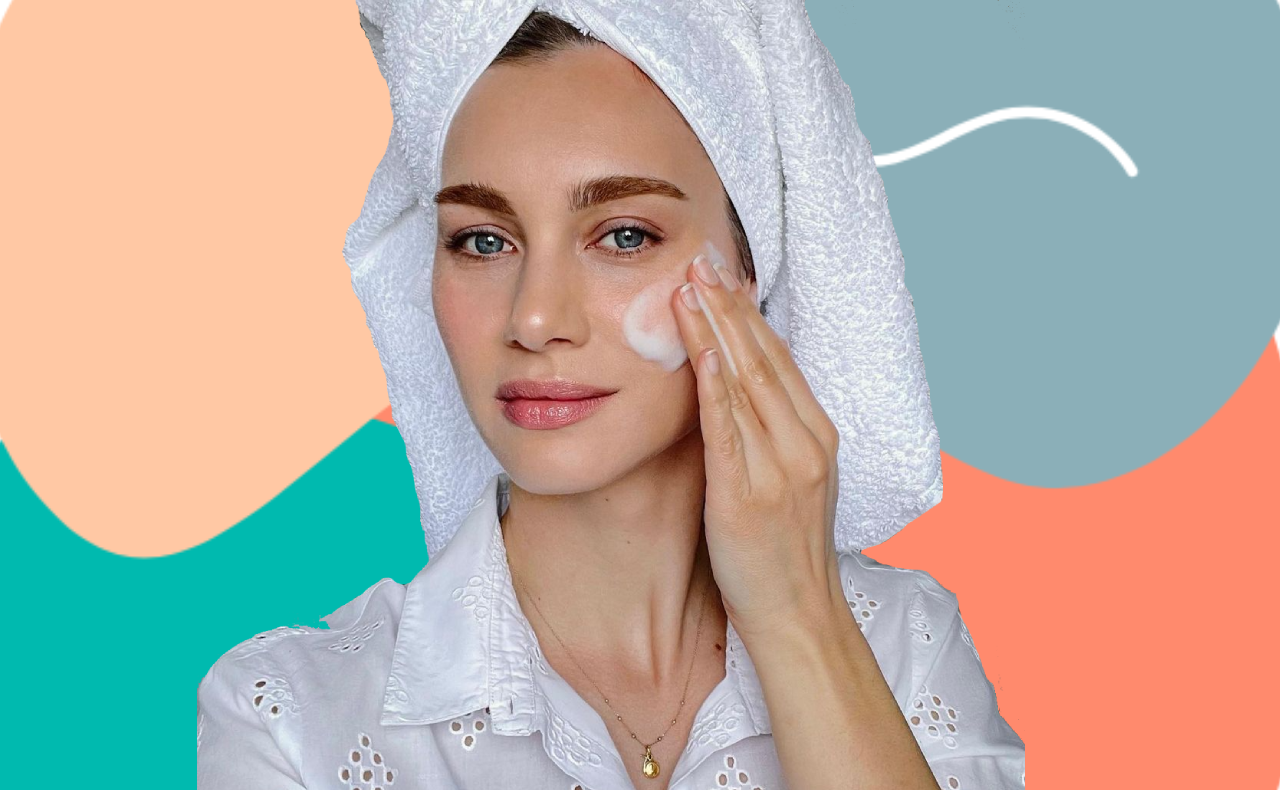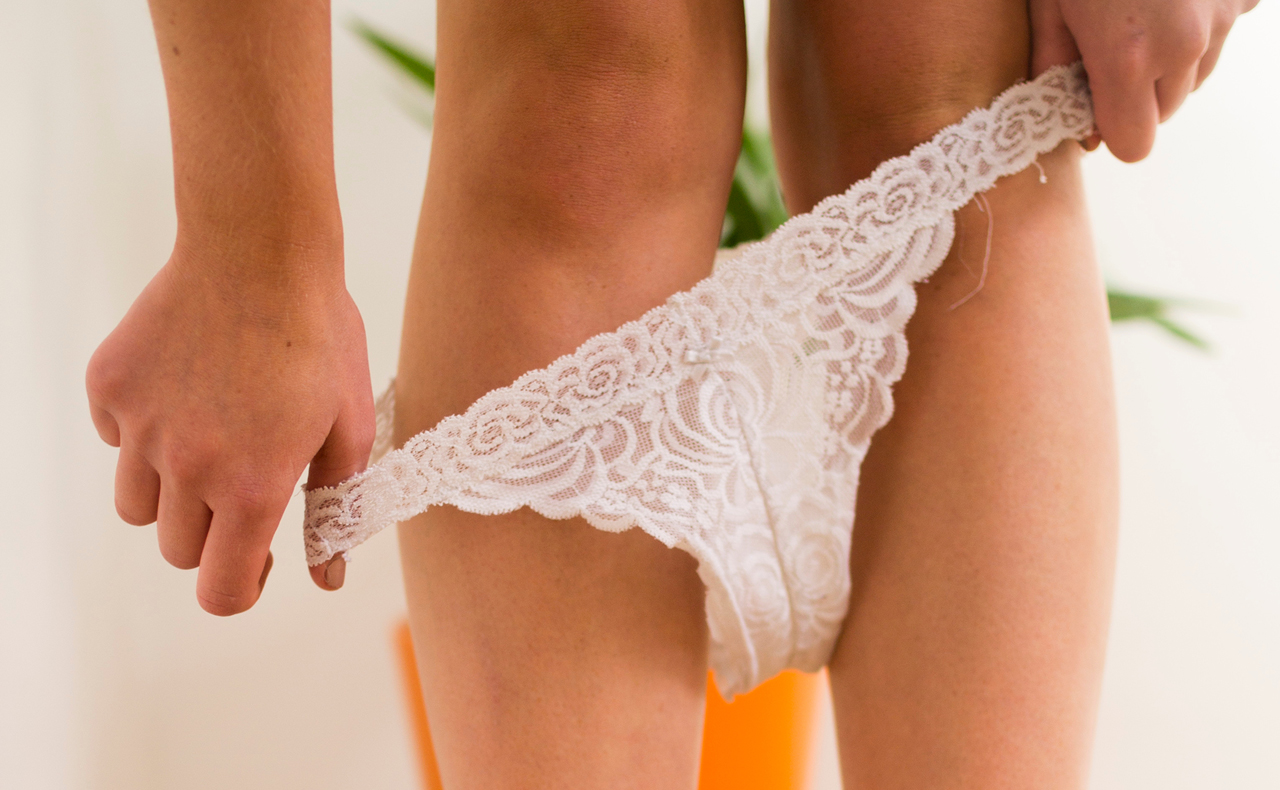When it comes to acne-prone skin, many of us look to fill our routines with products that are going to prevent and reduce breakouts. However, one person’s miracle product can be another’s skin care nightmare.
RELATED: Is your lip balm giving you lip pimples?
RELATED: Miranda Kerr shares the secrets to her signature makeup look
The formulation of products don’t tend to react the same on all skin types, and so, as a blanket rule for blemished or oily skin, we’re often told to stick to “non-comedogenic” products.
Sure enough, a lot of brands will do the hard work for you and label their products as “non-comedogenic” but what on earth does it actually mean?
What does non-comedogenic mean?
‘Comedo’ is the name of a type of pimple that results from clogged pores. And so, in short, a non-comedogenic product is referring to something that won’t clog pores and therefore won’t cause these types of pimples or blackheads.
However, this doesn’t mean that all products claiming to be “non-comedogenic” will work for every skin type. It’s still important to do your research on your own skin needs and assess accordingly.
The concept of comedogenics came about during the same time as acne cosmetica. Acne cosmetica refers to the theory that people who are already acne-prone skin are further inducing breakouts by clogging their pores with makeup and other creams.
Some of the most common comedogenic ingredients are:
Coconut Oil:
Often found in natural skin care, this is a great ingredient if you have really dry skin or are not prone to acne breakouts whatsoever.
A hero in the natural skincare world, this ingredient does have it’s benefits, however, it’s scientifically and clinically shown to be highly pore-clogging for acneic skin.
Polyglyceryl-3-diisostearate:
Just before you go in search of every ‘oil-free’ product on the market, you will want to check for emulsifying agents at the same time.
These are used to mimic the consistency of oil-based products and Polyglyceryl-3-diisostearate is one of the more common highly comedogenic emulsifying agents found in cosmetics.
Isopropyl myristate:
This ingredient sits at a ranking of 5/5 on the comedogenic scale.
Found in both skincare and makeup it is commonly used as a thickener or lubricant.
Non-comedogenic products bh loves: QV Face Cleansing Wipes, La Roche-Posay Anthelios XL Ultra-Light Fluid SPF 50+ Facial Sunscreen, Rodan + Fields Active Hydration Serum, BIODERMA Sensibio H2O, CLINIQUE Anti-Blemish Solutions Liquid Foundation
Main image credit: @summerfridays
Do you use non-comedogenic products? If not, will you start?









Dang it! I’ve been using Coconut oil a lot lately, which explains the huge pustule on my chin and blackhead on my nose lol
I follow labmuffin and I found her article on this subject most helpful. There is a list of ingredients with their comedogenicity ratings, but do read her article about why these ratings are not immediately helpful.
Thank you for this! I’ve always wondered – but clearly not enough to actually Google for myself 😉 Very helpful.
Don’t even bother with The Body Shop I’ve sent numerous emails even contacted them on Instagram etc to be told “were on this” but no answer SINCE FEBUARY no one at that company knows what non comedogenic products they have.
I had known coconut oil was comedogenic but never heard of the other two.
those are some complicated names to remember…
Well, you learn something every day! Obviously it’s something I haven’t thought about before.
Never knew it was a pimple!
really helpful to know which specific ingredients to avoid, thank you 🙂
Must. Coconut oil , shea butter, oil and butter rich skincare…all cause my pores to become stuffed: whiteheads and blackheads appear within of up to 3 days of use.
I always look for this when I shop
Interesting, I’ve been using coconut oil on my body and hands over winter with no adverse affects. Great for my skin in winter.
I know what non comedogenic means. Thankfully pimples have never been a problem for me.
Thanks for the helpful product list.
Very technical and big words!
I actually use the La Rosch-Posay sunscreen on this list.
Yes , I tried the sunscreen , it is so beautiful to use.
This is not a term I was familiar with, so very informative article.
LRP make great sunscreens
Very interesting, this terminology is new to me.
See….this is why we need the beauty dictionary to carry with us when we shop.
Thank God for this article!! and to think all I was looking for was ‘oil-free’ on the label! Now I know better and I’ll be keeping an eye out for these other very anti-skin ingredients. Luckily I was never a fan of coconut oil in my food or skincare… phew for that
Such a very interesting article BH great to learn something new everyday have never heard of non-comedogenic Skin thank goodness I don’t have a pimple problem.
Very informative. The QV wipes look good.
Well I’m glad I came across this article. Good yo know this!
My skin isn’t sensitive, but I’m very blackhead & blemish-prone. Many products are triggers, so I avoid those. This article is useful, thanks!
It’s really hard to remember these words.
Great article BH thanks for continually keeping us informed Xx
This is interesting, I didnt know coconut oil cause cause it.
Very helpful and interesting article. I use the LaRoche Posay and Bioderma. They are some of my favourite products.
I always try and find it on the label….nobody needs blocked pores!
He he Meedee 🙂
I don’t particularly look for non comedogenic products, but I exfoliate regularly
Interesting read
I didn’t look into the science but there is a comedogenic rating scale 0-5 and coconut sits at around 4. Oils like sunflower, hemp and argan (and no doubt many more) are not comedogenic at all (sweet almonda and jojoba are 2)
I don’t have sensitive skin so have used things like coconut oil, shea butter and other heavier skincare products on my face without any side effects. With makeup though, I am a bit more careful as I find ingredients in makeup seems to be a lot harsher (or maybe it’s the combination of ingredients together), so I do keep an eye out for non-comedogenic makeup lines.
A very informative read.
Disagree about the Coconut Oil… I use it all the time and never have this problem…
Sunscreens often clog my pores and cause pimples, so good to find one that doesn’t irritate
I try and avoid products that clog my pores, I find I mostly have to be careful with the sunscreen I use
I stopped putting coconut oil on my face for this reason but okay to go on the rest of my body.
It sounds like a new word for products already on the market
Good article.
Interesting article, thank you.
Very interesting
I used to focus on NC ingredients but nowadays my skin is so dry, I don’t seem have an issue with clogged pores.
Weird name for a pimple
I have some bumps under the skin that won’t go away despite me using ingredients such as glycolic acid etc. It is possible that their cause is the coconut oil and similar products when I was younger.